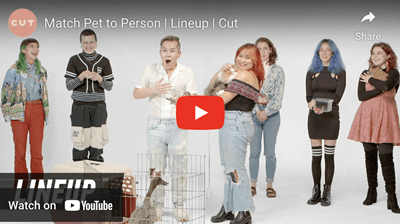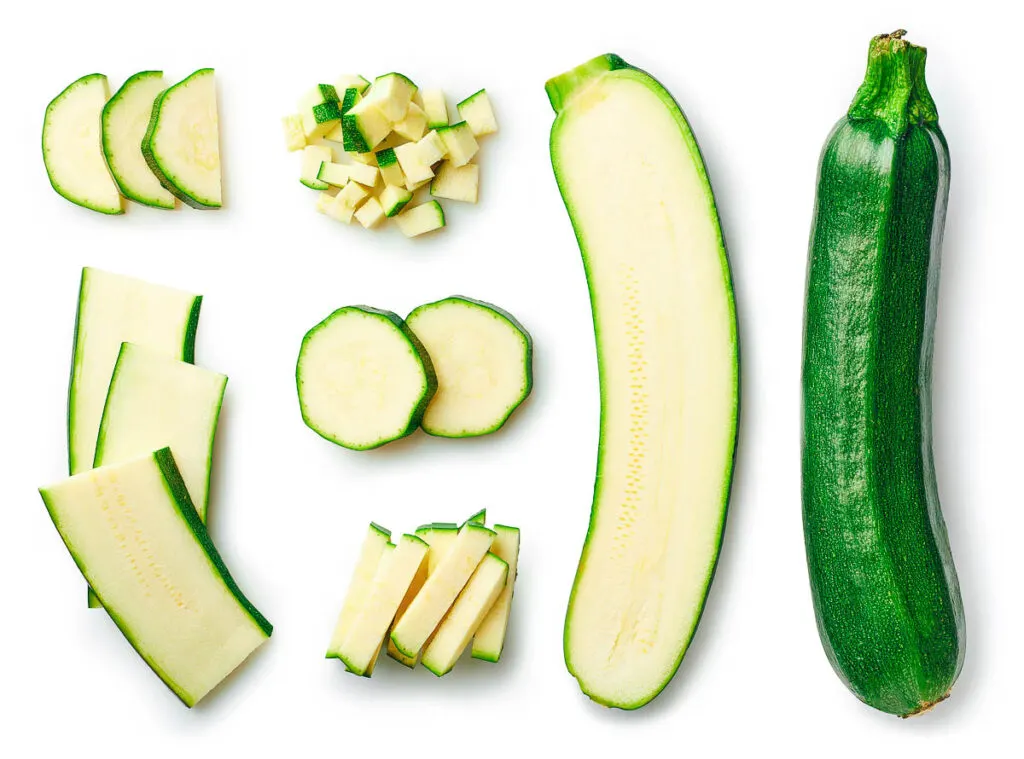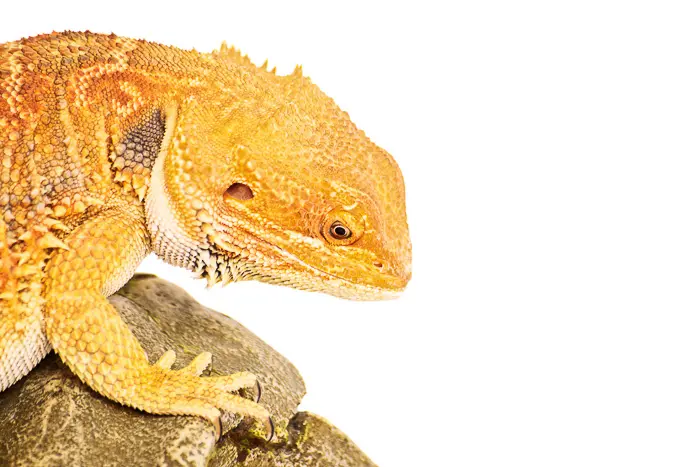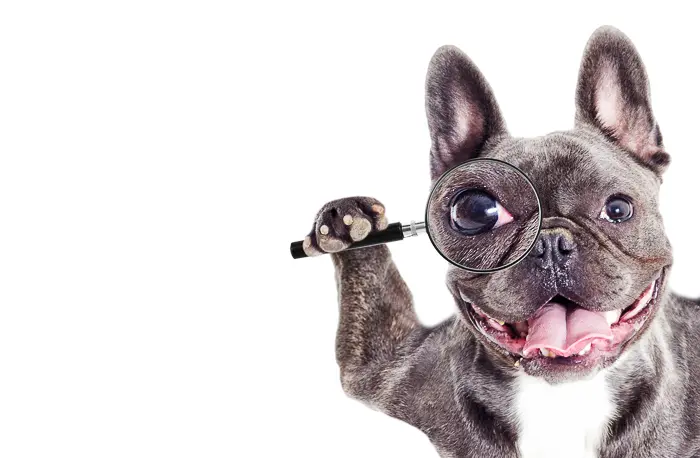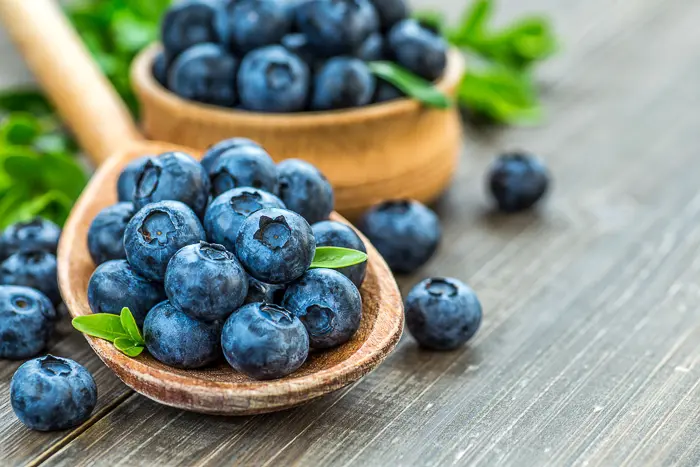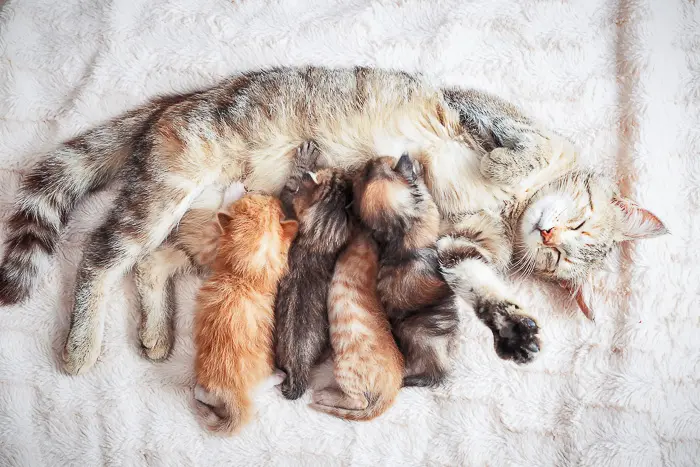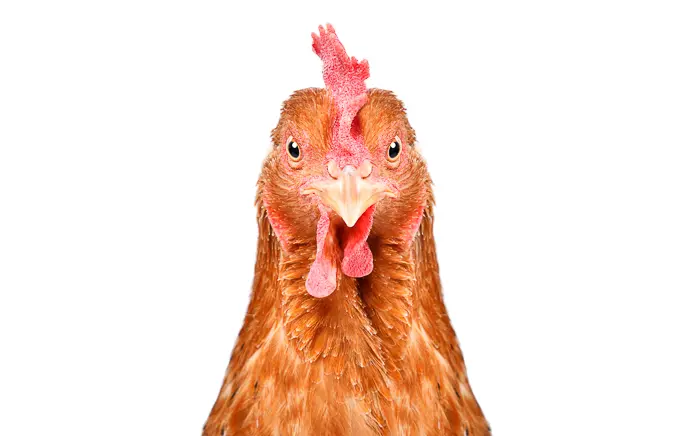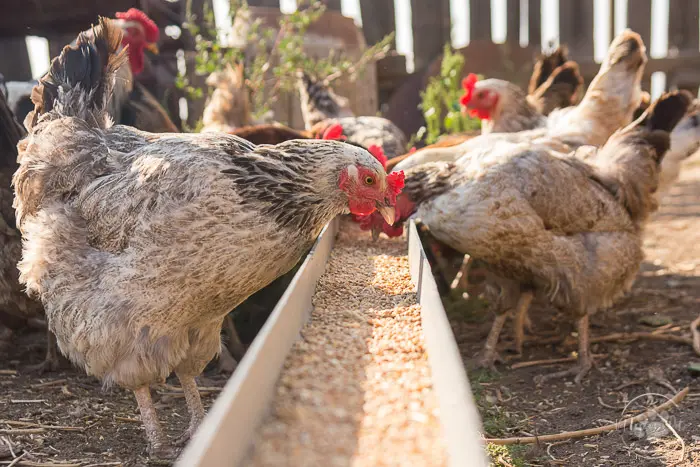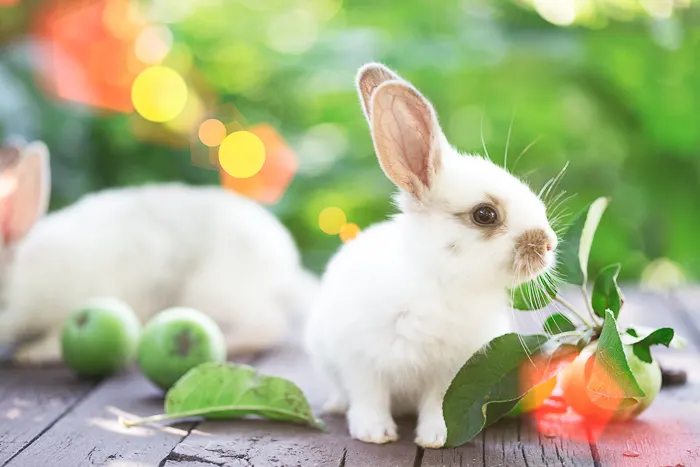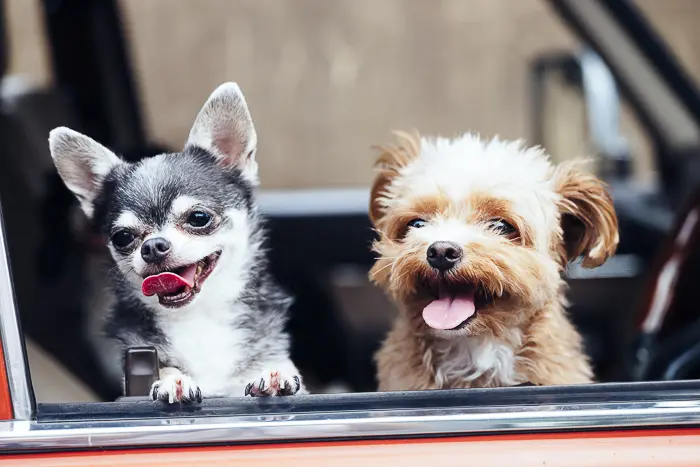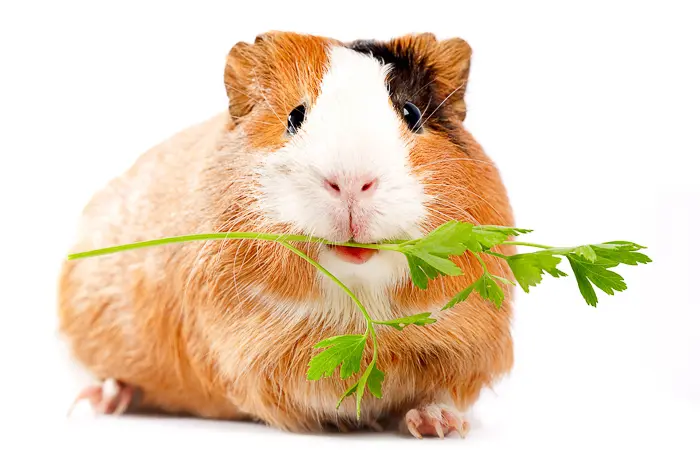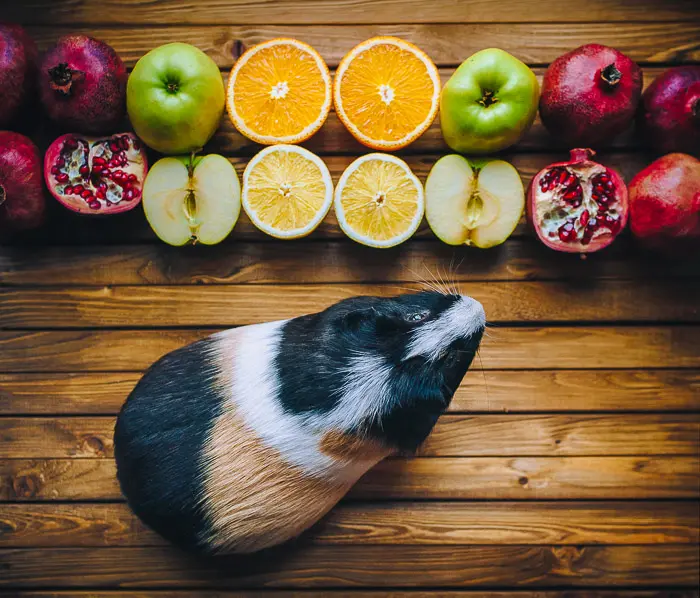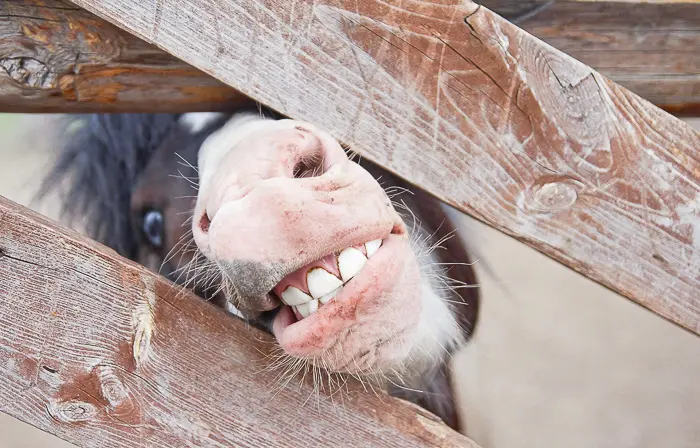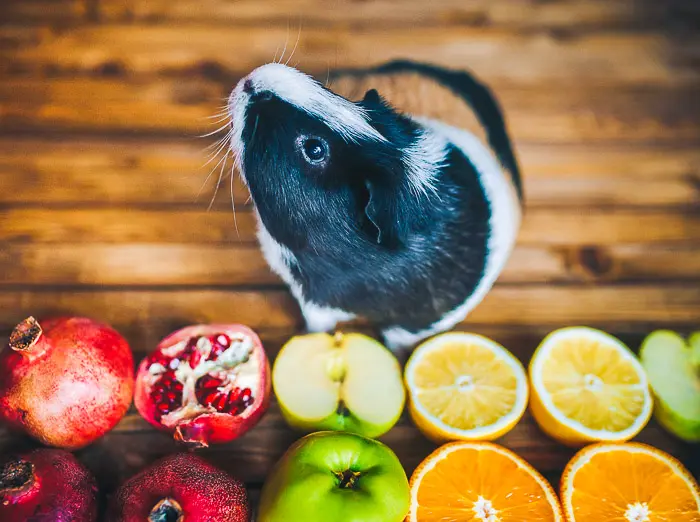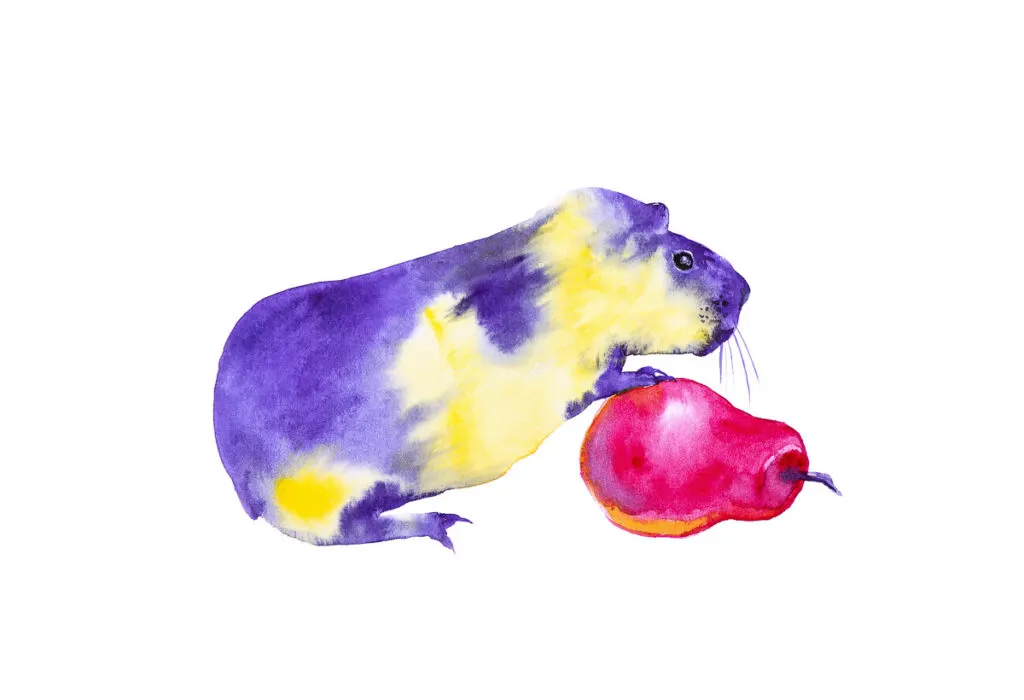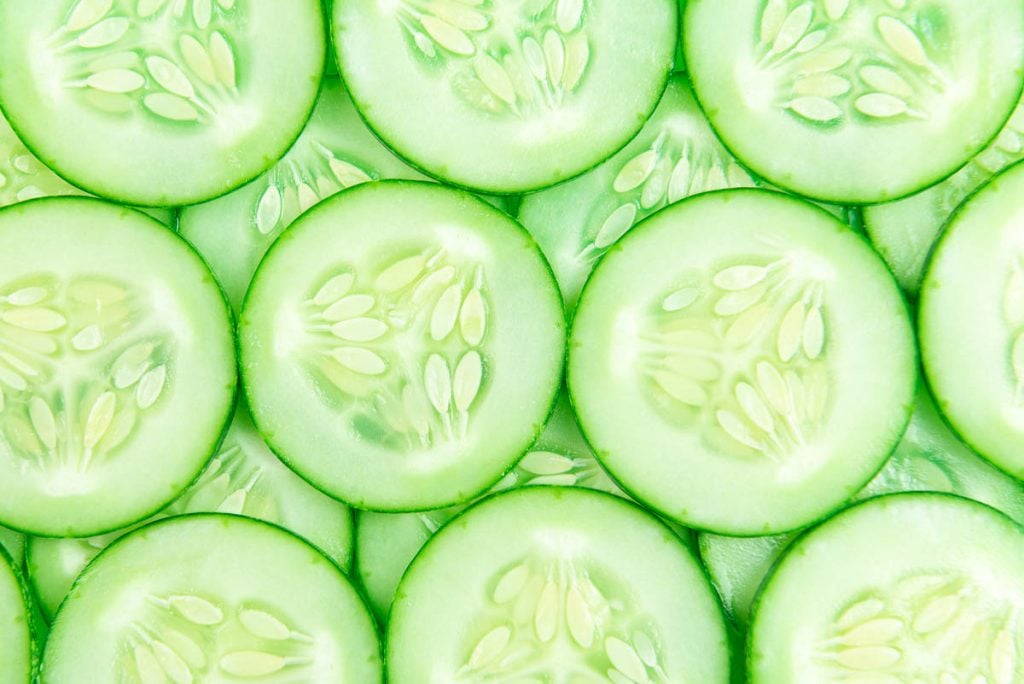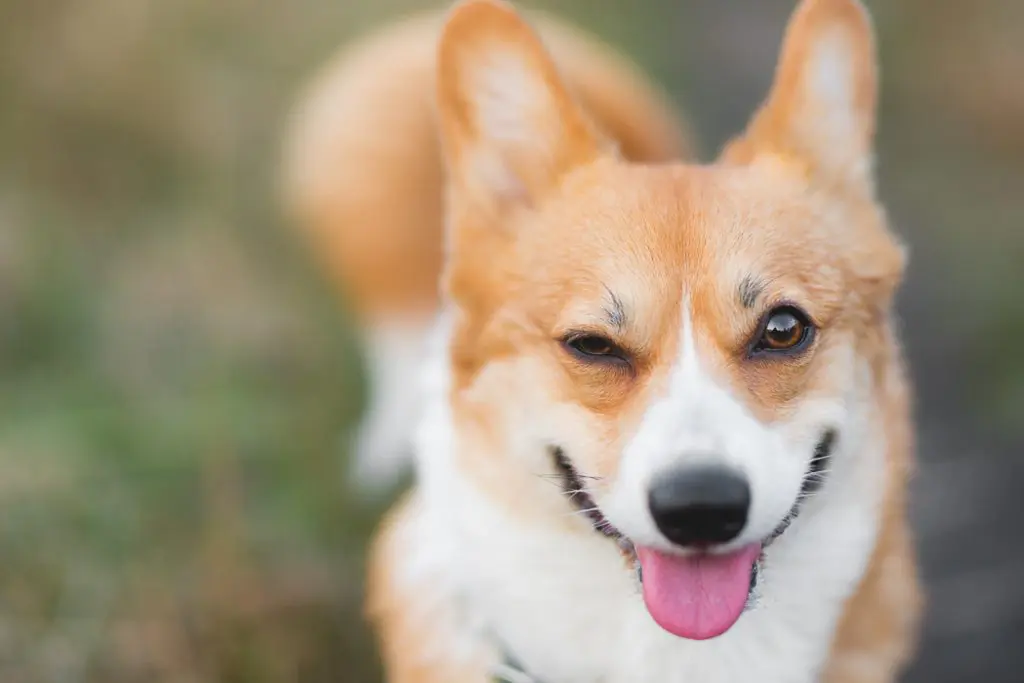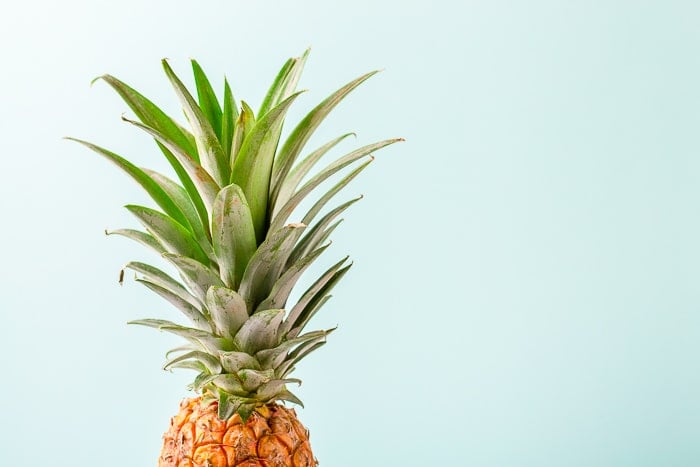Bearded dragons can chomp down insects, gobble up vegetables, and throw down fruits. But do they also bite people or other animals? Do bearded dragons bite?
Dr. Jess will answer this interesting question: Do bearded dragons bite?

What is a Bearded Dragon?
Bearded dragons are reptiles that are grouped into the desert lizard category.
They fall into the genus Pogona with eight different species falling under this category.
The eight species of bearded dragons, are distinguished from one another and named by the differences in their spines on their chin and neck.
Bearded dragons get their name from their armor of spiny scales, which include a “beard” of spikes under its chin and neck that puffs up depending on their mood, most commonly seen when puffed out upset for them to seem larger to whatever is upsetting them.
This may be paired with a erry ‘hiss’ when really upset.
They can live up to 10 years and can reach up to 24 inches and weigh up to 18 ounces once full grown. They range in colors from brown, to orange, to yellow, to cream.
Bearded dragons are often referred to as “beardies”, are one of the more popular reptilian pets because of their cool, interesting exterior and their popularity being of low maintenance pets.
What Do Bearded Dragons Eat? Do They Bite When They Eat?
These guys are considered omnivorous, meaning they eat what both herbivores (plant-eaters) and carnivores (meat-eaters).
Beardies commonly consume vegetables, fruits, and insects.
Some of the more common store-bought fruits and vegetables that can be thoroughly washed and served up to your little buddy include:
- Asparagus
- Raw Bell Peppers
- Raw Cabbage
- Carrots
- Celery
- Collard greens
- Peeled Cucumbers
- Kale
- Pumpkin
- Spaghetti squash
- Raw Zucchini
- Yellow squash
They have strong jaws that clench and crush hard-shelled insects like mealworms and beetles, biting them, then swallowing them down their esophagus to digest further.
MOST COMMON INSECTS THAT OWNERS WILL PURCHASE FOR THEIR BEARDIES:
- Butter worms
- Crickets
- Earthworms
- King worms
- Mealworms
- Roaches
- Silkworms
- Wax worms
Owners should never feed their pet dragon any insects that they find in their home as these insects may have been in contact with pesticides or other harmful chemicals that could make a bearded dragon sick.
You should always purchase food for your pet from a reputable source. Always!
The foods you feed your bearded dragon will also affect their digestive system. And you can find out so much about your pet's health through their digestive system and bearded dragon poop!

What Really Are Teeth?
Teeth are found in the mouth of many living creatures and help the animal cut and break down food particles small enough to allow the animal to swallow the food and move it farther down the alimentary (food or digestive) tract.
They are made of bone, and are usually a shade of white.
They come in all kinds of shapes and sizes depending on their intended purpose.
Many animals that are herbivores (plant eaters) have wide, flat-surfaced teeth used to grind their foods, plants.
Other animals have sharper, with a more pointed or jagged tooth surface, used for cutting, like carnivores, meat-eaters.
And there are animals with a dentition (tooth arrangement) in between. Many of these creatures are omnivores, where they eat both plant and animal matter, so they need flat, grinding surfaces and sharp, cutting surfaces to properly chew their foods.
Teeth have an incredibly hard outer coating called the enamel that protects the sensitive insides of the tooth.
The enamel does not have any blood or nerves that go to it. This means that it is not living nor can this part of the tooth feel things like pain.
The middle layer of the tooth makes up the main bulk of the tooth and is called the dentin.
But the inside layer of the tooth, the pulp, does have blood running to it and also very sensitive nerves, so the inner part of the tooth is living and can sense pain, cold, etc.
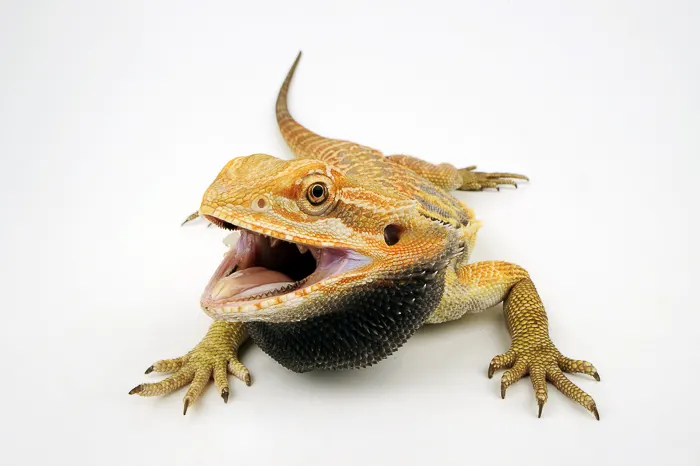
Do Bearded Dragons Have Teeth to Chew Their Food?
Lizards of all kinds lack tooth sockets or alveoli, things that help strong teeth stay in place, and their dentition (arrangement of teeth) is either acrodont or pleurodont. Find out which tooth arrangements bearded dragons have here!
That being said, lizards, including bearded dragons, do have teeth.
Are Bearded Dragon Teeth Sharp?
Heck yes, their teeth are small but sharp and hard.
Do Bearded Dragons Bite?
Since bearded dragons do have teeth and they do use those teeth to bite down on food to help in the digestive process, yes, bearded dragons can bite.
What Do Bearded Dragons Typically Bite?
There are multiple reasons why your bearded dragon might bite you, another human, or another animal, even though biting is not a common act for them to do.
The first step is to learn about the most common reasons why a bearded dragon would bite, and then learn about how to prevent these things from occurring and from you or someone else from being bit in the future.
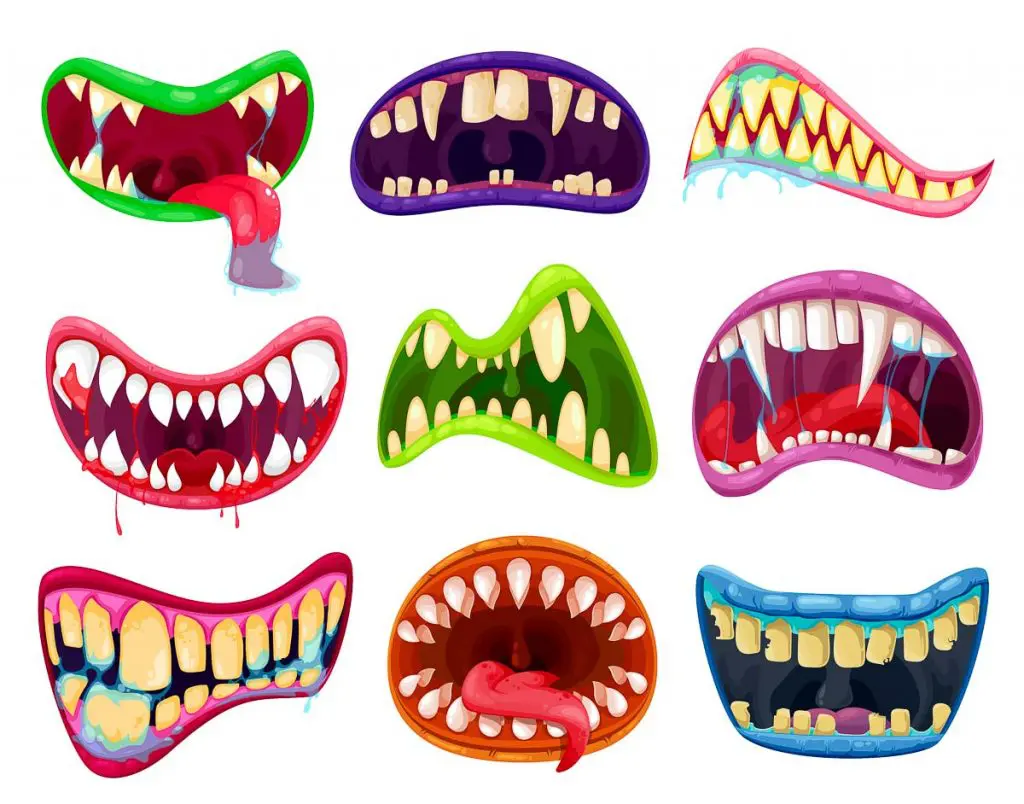
Bearded Dragon Biting Behavior:
Bearded dragons are very easy-going pets and typically do not bite unless there is something very wrong (discussed below).
Here are some of the most common reasons why a bearded dragon might bite:
#1: The Young Bearded Dragon Bite:
While your bearded dragon is young and growing and figuring out the world around them, you may find them a little skittish or worrisome with new things.
These things can be as simple as a new vivarium, new food, new human, new bowl, etc.
Basically anything new can make them unsure until they have the chance to check it out and figure out that they can trust this new item.
The more unsure or scared your pet is, the more likely they may bite, even though bearded dragons do not tend to bite very often.
This is why it is so important to socialize your young bearded dragon to you, it's surroundings, and it's food slowly, so you are less likely to make your pet uncomfortable or scare them.
If they trust you and are comfortable with you, then they are not going to bite you.
#2: The Adult Bearded Dragon Bite:
Many times, a bite from an adult bearded dragon comes from poor handling on the part of the handler.
Most the time it comes from a naive handler not trying to handle the pet incorrectly.
If you handle this pet improperly, you can scare it, hurt it, or make it lose its trust in you.
Some of the ways one can improperly handle a bearded dragon include:
- Holding on to them too tightly: Holding them snuggly helps them feel safe, but holding them too tightly can make them feel claustrophobic, can hinder them breathing in and out properly, or can hurt their bodies, depending on where you are holding them.
- Holding them in the wrong areas of the body: Holding them by the tail or around the neck, or just by their feet, etc. is not advised and may hurt or scare them into nothing else but thrashing and biting to save themselves from the danger that you're putting them in. Can you really blame them?
- Poking or pinching them: Like pretty any much any other animal, these pets are not fond of getting poked or pinched by fingers or anything else!
- Not putting them down: There is a time for everything. That being said, the bearded dragon will only want to be held for so long before they want to be put down and allowed to go about their business. It's nothing personal to you, it's just that they have important things to do during their day too and they also get bored just like humans do!
#3: The Scared Bearded Dragon Bite:
Bearded dragons may also bite if they feel threatened or scared.
Before they bite because they feel threatened typically occurs, they may give you a few signs to warn you that they are upset.
Their skin surrounding their neck/chin area may turn darker, to the point where it may even look black.
They may puff out their spines surrounding their necks to appear larger and scary, and may even open their mouths quite wide.
#4: The Hungry Bearded Dragon
Like most pets, bearded dragons like food, whether it is a full meal or just a snack or treat!
During this exciting feeding time, it is possible for you to accidentally get bit during the process if you are not careful.
If you get bit during feeding your bearded dragon, it's most likely going to be an accidental bite – I'll explain more below.
Reasons why your beardie may bite during feeding times:
- Your beardie confuses your finger as food: Your pet may think a finger is a worm or piece of food.
- Your finger smells like your beardie's food.
- Your beardie is not paying attention and too excited and just putting things in their mouth's in hopes that whatever is in their mouth is food.
So things we can learn from these biting scenarios:
- Wash your hands so that they do not smell like your pet's food.
- Do not move your fingers/hands like a worm or insects would move.
- Watch your proximity: Do not have your hands/fingers close to your bearded dragon when feeding them.
- Stick to a routine/consistent feeding schedule
#5: The Sick Bearded Dragon:
When your pet does not feel well, chances of them acting out because of this, is much more likely. So if your beardie isn't well or is hurting, they will be much more likely to bite you.
Remember: Bearded dragons typically do not bite for no reason!
Do Bearded Dragons Bite Hurt?
There is some debate as to if a bearded dragon's bite actually hurts when you are the one being bit.
A lot of weight of this answer is subjective and has to do with your pain tolerance and what you feel is “painful”.
For someone with a high pain tolerance, no, a typical bearded dragon may not hurt.
But for someone with a lower pain threshold, a decent beardie bite may elicit some pain.
For many people who have had the unfortunate encounter of being bit by a bearded dragon, the bite is more scary or alarming than it is painful as most times you are not expecting the incoming bite.
In fact, a bite from a bearded dragon could hurt them even more than it could be hurting you.
When someone gets unexpectedly bit by anything, the typical human response is to move away.
So, for instance, a bite on the hand usually means one would quickly snatch their hand out of harm's way.
In the process of quickly moving your hand away from the biter, one could easily injure the beardie's mouth or teeth, or you could send them flying if they have yet to let go or get swept up in the motion of it all.
How To Prevent a Bearded Dragon Bite:
Avoiding the bite from a bearded dragon starts by understanding why they bite in the first place.
I have mentioned 5 common reasons why your beardie may bite.
Then, be careful not to create an environment where your dragon would react in such a way that they felt they needed to bite.
Summary:
Bearded dragons do have teeth and they can bite.
However, most bearded dragons will not bite just because – they usually have a very valid reason for biting and usually have tried to warn you about it before it occurs.
In summary, here are a few ways to help prevent a bearded dragon bite from occurring:
- Handle them correctly. Touch them slowly so that they know you are coming and don't pick them up from above like a predator would. Support their bellies. Hold them securely but not too tight where they are uncomfortable or cannot breathe fully. Do not pick them up by their tails or legs.
- Feed them on a routine schedule.
- Make sure that your beardie is healthy and happy.
- Wash your hands so that they do not smell like bearded dragon food.
- Don’t add additional stress. Be patient, and quiet, and gentle.

The information provided in this article is not a substitute for professional veterinary help. For medical advice, contact your veterinarian.
![[Vet Explains Pets]](https://vetexplainspets.com/wp-content/uploads/2024/09/cropped-vetlogo-199x66.png)
